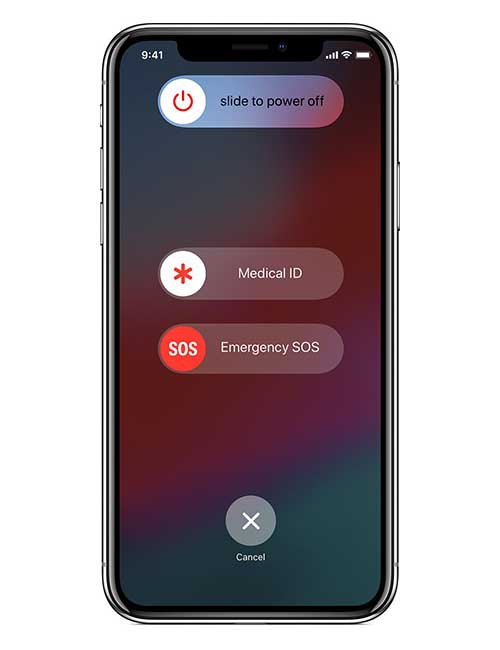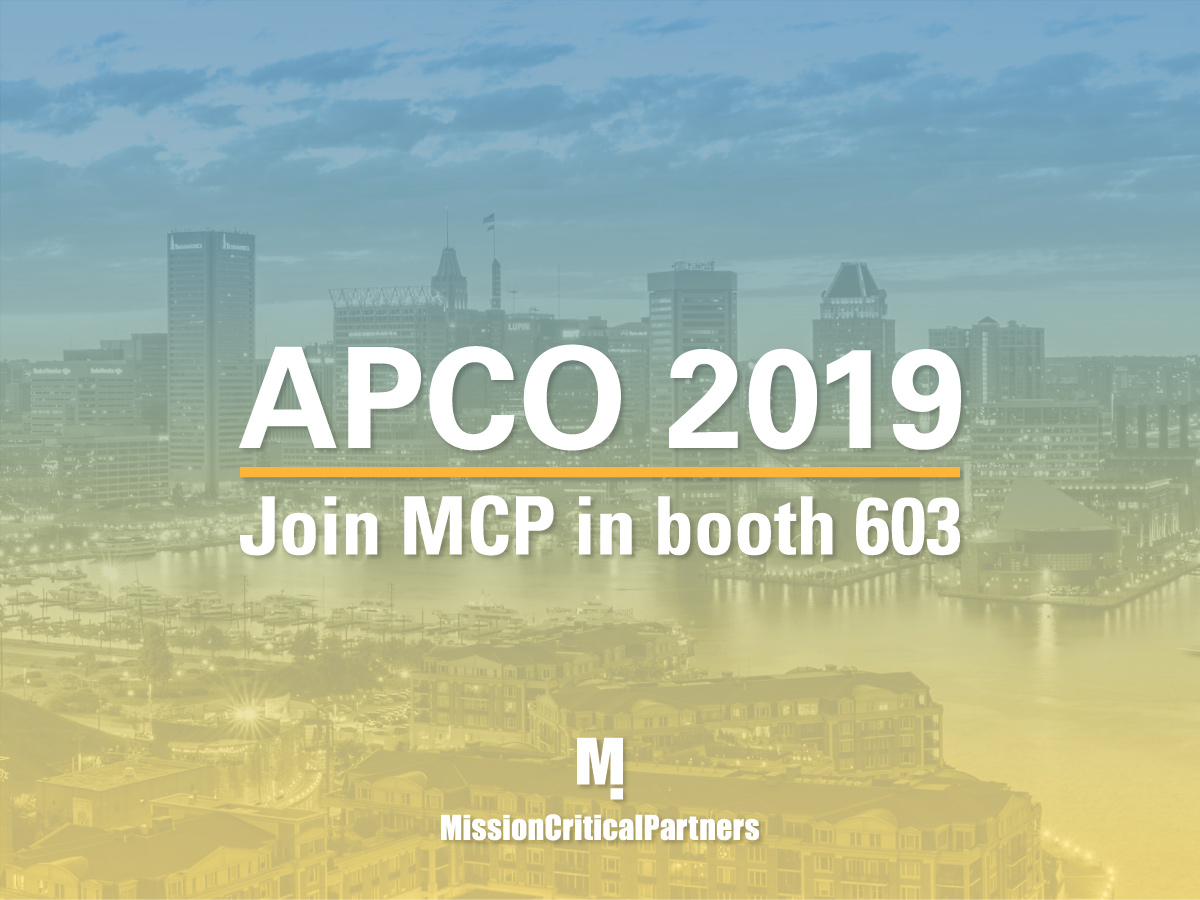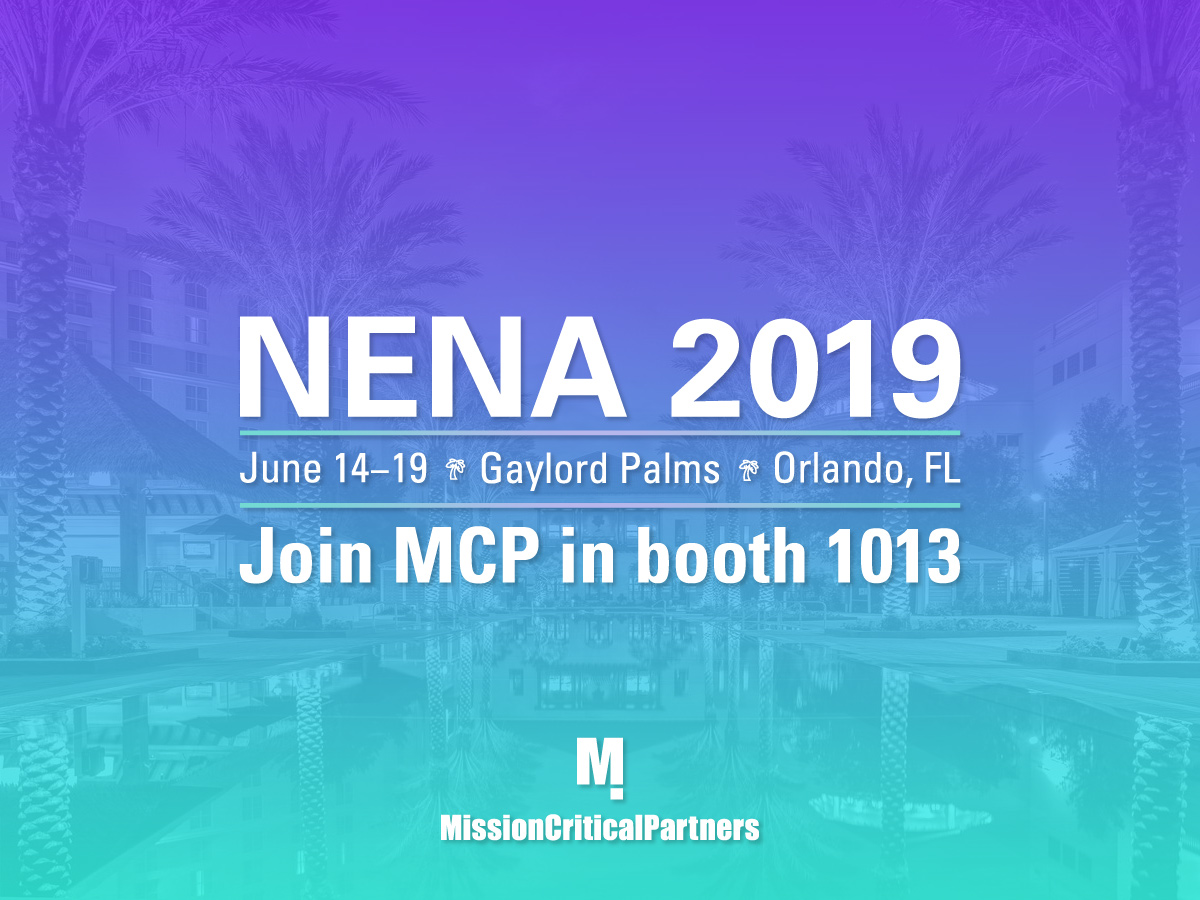A popular and effective supply-chain management strategy involves “just-in-time” delivery. This approach calls for the vendor to receive goods from suppliers only when they are needed to fulfill an order. Similarly, a manufacturer would receive raw materials only when they are needed for the manufacturing process. It is a tricky thing to balance, but when done effectively the needs of customers are met nimbly and efficiently, and the company saves significant overhead costs by avoiding the warehousing of considerable inventory.
MCP uses a similar approach to ensure that we can supply our clients with the subject-matter expertise and experience they need when they need them, which we call the “virtual bench.” It’s an approach that can be embraced by all public safety organizations who are looking to find, and eventually hire and keep, high performing leaders.
In two previous posts we explained the “Topgrading” methodology. This method, developed by Dr. Brad Smart—considered by many to be the world’s foremost expert on hiring practices—is designed to identify “A” players, those who among the top 10 percent of professionals in their chosen field. At MCP, we are constantly are on the lookout for A players. But we don’t always hire them immediately upon finding a match through the Topgrading process—instead, we assign them to the virtual bench.














